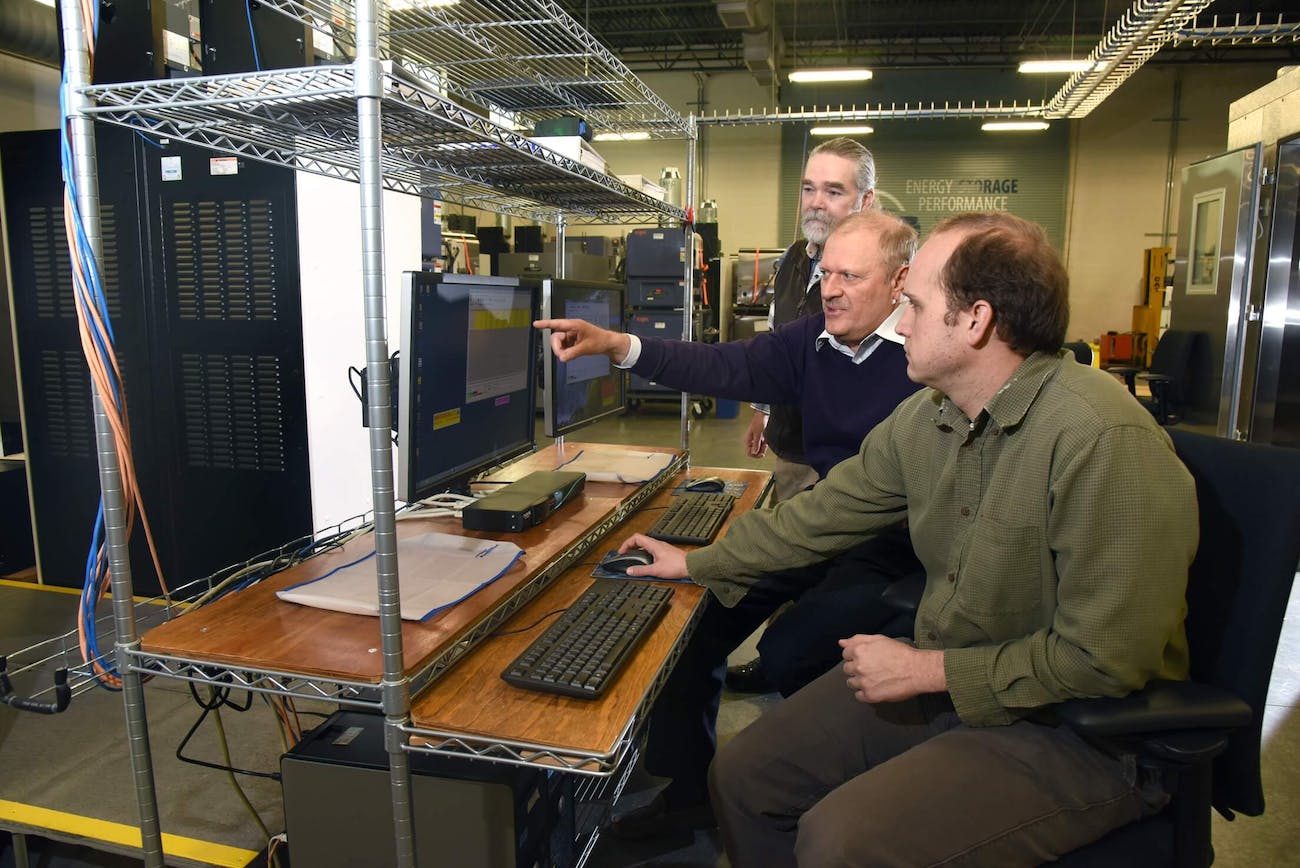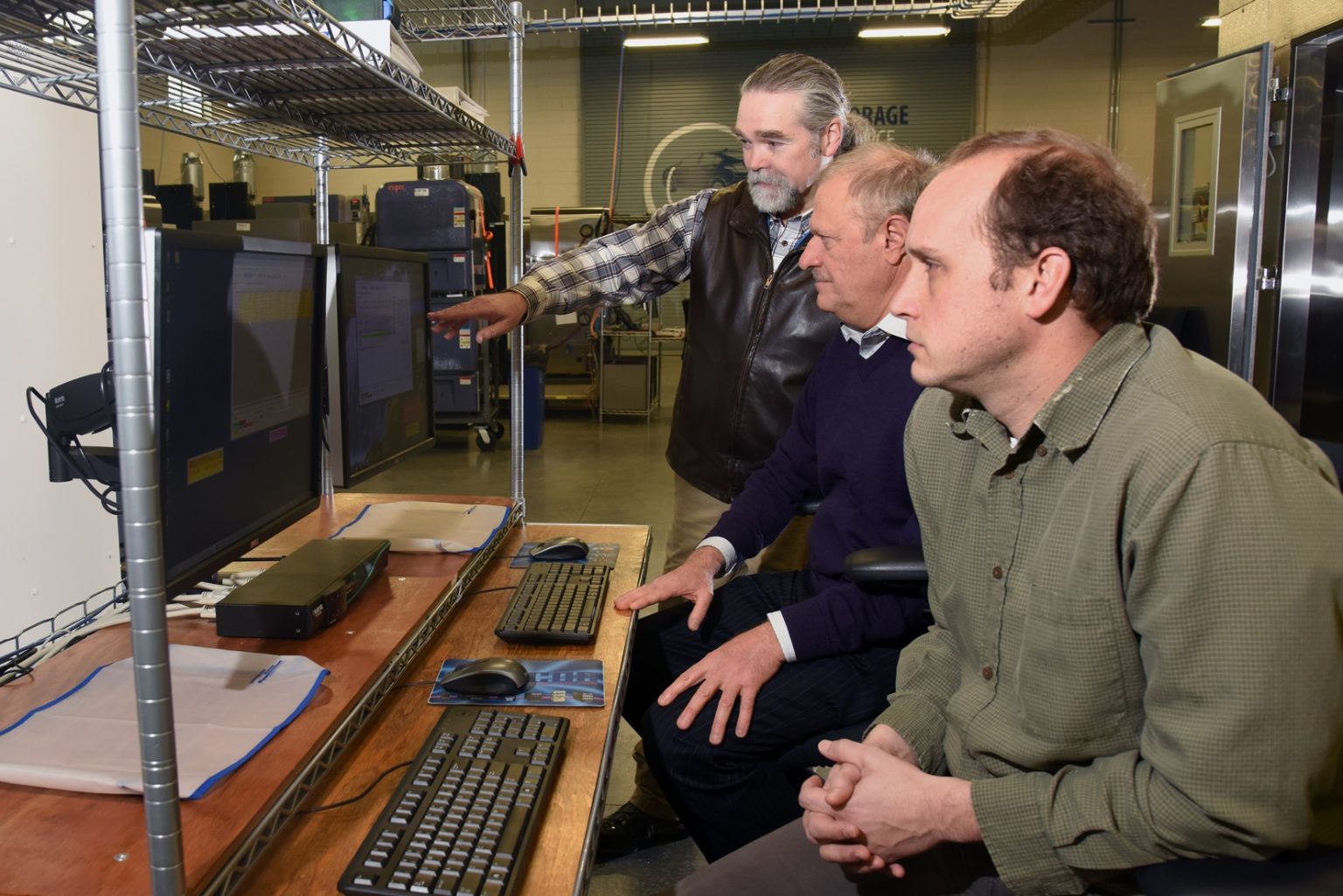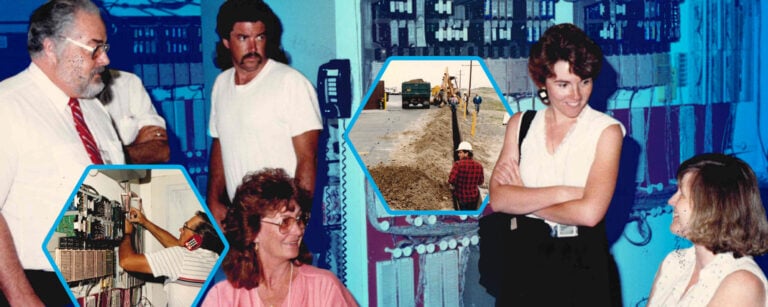Since they were introduced in the early 1990s, lithium-ion batteries have emerged as the energy storage system of choice for everything from smartphones to jumbo jets. But the speed with which they have been put to such widespread use has put the technology under a very public magnifying glass.
Since 1991, in response to exponentially growing demand, battery manufacturers have packed more and more active material into li-ion cells, pushing their energy density to higher and higher levels.
Li-ion batteries get their energy density from materials that are highly reactive. When things go wrong internally, excess heat reaches a stage called thermal runaway. The result can be catastrophic failures: explosions, fires, and the release of electrolyte vapors and toxic smoke.
Among possible mechanisms that can lead to thermal runaway, the most challenging to detect early are internal shorts.
Researchers at Idaho National Laboratory’s Battery Test Center have developed a new metric called self-discharge current. Measuring self-discharge current offers a way to detect internal shorts before they can cross the threshold to thermal runaway. The method is noninvasive and can be applied to any battery chemistry or design. The research team recently published its findings in the scientific Journal of the Electrochemical Society.

An internal short can happen for a number of reasons. Lithium dendrites may form between electrodes while charging, or nonuniform aging in a battery pack may cause the copper current collector on an electrode to partially dissolve, again leading to dendrite formation. Sometimes small metallic particles get in between a battery’s electrodes during manufacturing. Under compression, the foreign particles may create shorts.
Although major manufacturers have developed complex assembly procedures and technologies to minimize this, other manufacturers may pay less attention to quality control. Yet even the strictest quality control can’t guarantee 100 percent freedom from risk.
What makes the challenge even more vexing is that any latent defect typically takes more than 50 cycles before it shows up. Once it does, a li-ion battery can go from normal performance to thermal runaway with very little warning.
Self-discharge is something that happens in all batteries. It is the result of internal chemical reactions happening without any connection between the electrodes. When a battery develops an internal short, however, the self-discharge ramps up, leading to excessive heat generation and, in the worst cases, catastrophic failure. This is why a link between self-discharge and state of health is essential to determining how safe a battery cell is. If elevated self-discharge can be detected in real time, a failing battery cell can be pinpointed and taken out of action before it is too late.
The patent-pending self-discharge method is capable of detecting shorts at very early stages. It can inform battery users of changes in battery pack health well in advance of major problems, and allow for bad cells to be isolated, removed and replaced. It can be used for battery health monitoring during battery operation to diagnose the state of safety. During the production it can be used to detect internal shorts unintentionally introduced to batteries.
Technology based on this method could be used in electric drive vehicles and stationary energy storage, in military and aeronautic applications, and for portable electronic devices. Another promising application may be as a tool for first responders for accidents related to electric drive vehicles, grid storage and other battery-related events.






